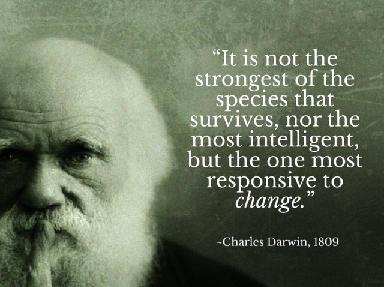“Working as a CEO of a software vendor that brings an advanced estimating tool to the market, I believe I am in a very privileged position to get access into how medium to large size companies in various sectors such as Construction, EPC, Oil & Gas, Facilities & Utilities Management, perform their estimates. After having looked into several spreadsheets and processes for estimating, I found out that one thing is for sure: ‘There are no global standards for Cost Estimating’.
Despite the fact that there have been various efforts in different countries to standardise the output of the estimates, e.g. the use of CSI Masterformat or the various Rules of Measurement in the UK, the methodology of getting to the final rates greatly varies from country to a country, and needless to say, from one organization to another.

This fact now becomes a pain, when an organization wants to operate across multiple sectors, in different currencies, reporting across different clients or management needs or to undertake projects in new and emerging markets . The easiest solution that most companies (I dare to say 98% of them) would give is to build their estimates in Excel. In the short term this would be fine as it answers their problem immediately, but let me explain why I say in the short term:
-
Working in Excel does not allow you to record and reuse your knowledge easily. The estimates remain somewhere in a shared folder and finding rates, updating them (or even adjusting them for a new location) to be used on a new estimate is really a hassle. This problem could easily solved by using a database and building indices or location factors on top.
-
Collaborating on the same estimate in Excel remains a big challenge. If you belong in team of estimators, probably you know that at the end you will have to copy and paste everything into the master- estimate. Obviously you have already wondered how much more efficient you would be if you could see in ‘real time’ what your colleagues were doing as well as search into their cost data to consult and apply it in your part of estimate. I still recall a large EPC contractor in Europe that lost approximately 100M Euros in a megaproject, simply because one of their 17 estimators forgot to change the currency on his part of the estimate. Hence it was pasted in with a wrong currency at the last minute when they needed to close the bid!
-
By using Excel, standardization of the estimates becomes really difficult. You may argue that you can impose a fixed template for the Estimators to use, but there is no question that the attempt to change something in the template or plugin some numbers or insert a custom formula is always there. More importantly, if your organization grows and new estimators join the team, how easy is it to impose the template on them, when they are used to their own spreadsheets?
-
Automating your quantity take-offs from 3D models or 2D drawings is still not easy if you use Excel. If your company has already explored BIM then you probably realize how quantities can be easily extracted from the 3D geometry. This is completely different though than putting these quantities into the format of the estimate (Estimate Items as called in Northern America or BOQs in the rest of the world). Modern technology makes it possible to produce your estimates in a structured way, from BIM models, at different levels of detail. In addition, the use of take-off tools working over pdf or Cad drawings, greatly increases accuracy and productivity if the take-offs are directly applied to the estimate items and brought to you visually so that you can see and trace what was included on each item.
-
Excel cannot provide you with an easy flow of the data to other systems if you are awarded the project. This is a very important part of setting accurate Project Management and Cost Controls Processes in place, and me still wondering why the industry undermines this. What is happening today in the vast majority of the cases is that once the project is awarded, the estimate becomes just a total cost number with which the Project Manager has to deal with. The work of the estimator in most of the cases just acts as a reference document and the Project Managers have to build the budget again from scratch. Obviously if there was a mistake in the estimate, this will not be discovered for several months, (if someone manages to delve deeply into the spreadsheets), but most importantly the Excel Templates used for producing the estimates, will not get updated with actual data from the field.
-
Building Intelligence into the Excel spreadsheets remains the authors’ property. This is a critical point, if you are using intelligent parametric models, intelligent methods of marking up your estimates and closing them up. Throughout my career I have seen really sophisticated spreadsheets used for producing estimates. Some were using macros, others had a master database in a hidden sheet with parametric models built on top. Needless to say about how fancy or awesome the graphs that their authors proudly presented to me were. However, in all cases the main problem was that only one person understood what was happening there (obviously well protecting his job) but leaving the managers and the other estimators with a headache, worrying what would happen if that person would leave the company.
